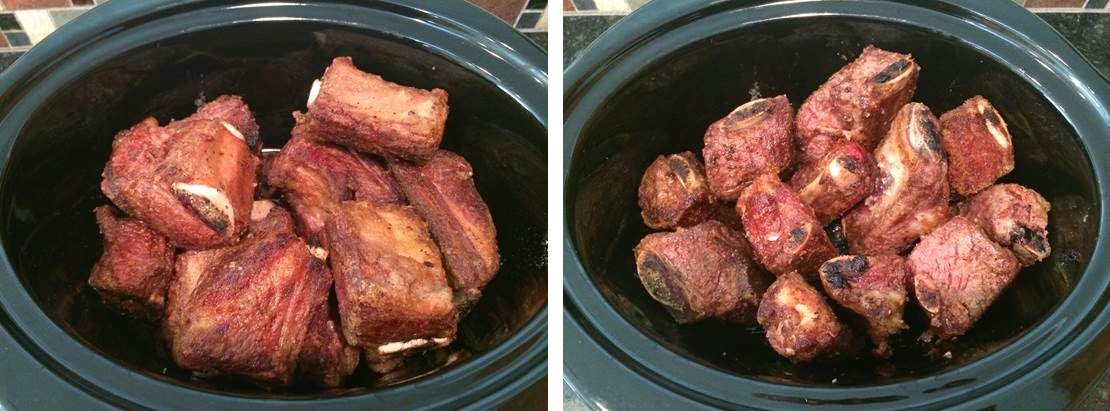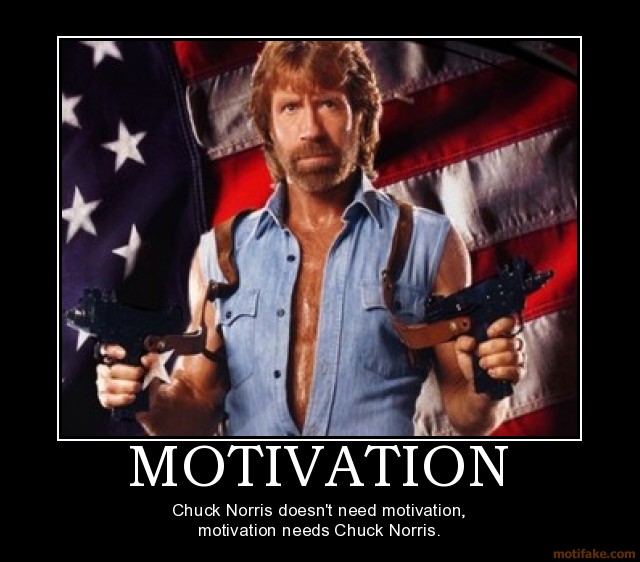When the young and old sit down to a feast at your house, on what do you feast? Do you feast on Who-pudding? Do you feast on rare Who-roast beast? If you feast on roast beast, on which beast do you feast?
So when it comes to the roast beast feast are are you a turkey, ham, or beef family? As I was watching "How the Grinch Stole Christmas" this year and heard the familiar lines about the Christmas feast in Whoville, "
They would feast on Who-pudding, and rare Who-roast beast," I noticed the animal origin of Dr. Seuss's "roast beast" was left wide open to interpretation.
In some shots it looks something like a cross between a turkey...
...and a large rodent.
...or, somewhat disturbingly, even a dog.
Then there are the shots of the Grinch carving the roast beast and it looks more like a ham...
...or a beef roast (which brings me to my point).
Growing up the traditional Christmas dinner at my house was turkey. As if we didn't get enough turkey at Thanksgiving (and probably just threw out the last of the turkey leftovers a week ago), we'd essentially do Thanksgiving Dinner II. I'm not complaining. The food was always good, but everybody knows the sequel is never as good as the first one (as I was reminded last night watching "
Night at the Museum" 1 and 2).
And then I learned how to cook a rib roast. To me, a rib roast is the ultimate Roast Beast. Cooked in the oven on Christmas Day it fills the house with the unmistakable aroma of beef and, served medium rare, it delivers the robust flavor and tender, juicy steak eating experience known as Prime Rib.
For the past several years I have done the rib roast in a 350F oven for about 90 minutes (until the internal temp reaches 125F), then let it rest for 15 minutes before carving. The results have been good but not great. And I want great, especially when hosting Christmas dinner! So this year I tried a new method I learned from one of the culinary experts at the National Cattlemen's Beef Association, Steve Wald (Steve is one of a team of people who develop and test recipes for
BeefItsWhatsforDinner.com).
Steve's "restaurant method" combines low and slow cooking with a "blast" of high heat at the finish. The result was a nice, even red color from edge to edge with a crisp, flavorful crust on the outside. It worked so well I have decided to share my version of Steve's restaurant methods rib roast...
BEEFMAN's Roast Beast
 1.
1. Coat a 5-10 lb. bone-in Beef Rib Roast with your favorite rub. Return roast to refrigerator until ready to begin roasting.
Notes: The official
Roast Beast recipe on the Random House Seussville website calls for a Beef Strip Loin roast, which would also be amazing. I plan on 1/2 lb. per person and then add a pound or two to make sure there is plenty (and hopefully some leftovers!). For the rub I use Safeway Select Mediterranean Roast Rub because I like Mediterranean seasoning, especially rosemary, on beef. Pretty much any meat rub with salt, pepper, and garlic will do. You can also just use some salt and pepper or make your own concoction.
2. Preheat oven to 160F. Place roast bone-side down on a rack on a roasting pan (if you don't have a rack, place bone-side down in a shallow roasting pan -- the bones raise the meat off the surface, forming a rack). Place on bottom rack in oven and roast for 5-6 hrs (I pull it when the internal temp reaches 125F for rare to medium rare). Remove from oven and let rest for 30 minutes to an hour, tenting loosely with aluminum foil.
Notes: At this point the outside of the roast will not look "done." The roast will continue to cook in its own heat/juices, rising another 5-10 degrees F in the first 10-15 minutes while resting then will hold that temp for up to an hour. Allowing the meat to rest
at least 15 minutes is a crucial step in the process. This allows the juices to reabsorb into the meat, ensuring a juicy, flavorful roast.
 |
| Place your meat thermometer in the center of the "eye" of the rib, not resting in fat or touching bone. |
3. Approximately thirty minutes prior to serving, heat the oven to 500F then place the roast back in the oven for 10 minutes. Keep an eye on the roast to make sure the rub doesn't start to burn. Remove from oven and let rest another 10-15 minutes before slicing.
 |
| Blasting the roast with high heat after letting it rest will ensure a nice crisp "crust" on the outside without raising the internal temperature and overcooking the meat. |
Notes: The purpose of this step is to "blast" the outside of the roast with high heat. Cooking at this temp for such a short time will not raise the internal temperature, which should be holding around 135F (rare to medium rare).
4. Use a nice sharp butcher knife to slice between the rack (bones) and the meat, running the knife right along the bone (see picture). Slice roast into 1/2-1" thick slices and serve.
 |
| Run a sharp knife between the bones and the meat before slicing into 1/2-1" thick "steaks" |
Notes: DO NOT throw away the bones! I like to save them then reheat on the grill or in the broiler. That's some good eating! A rib roast consists of two major muscles separated by a chunk of fat. I like to cut this fat off prior to serving to reduce the amount of fat left on everyone's plate at the end of the meal! Also, the two muscles offer two distinct flavor and tenderness levels. The circular "eye" portion of the rib eats a lot like a filet or strip steak. The thinner outer piece called the ribeye "cap" is a tender flavorful delicacy. If you want to get fancy you can remove the cap by simply cutting out the fat between the two muscles. You can then cut the "eye" into 1-2" filets and slice the "cap" into even portions to serve alongside the filet.
 |
| The first cut is the true test. Perfect rare to medium rare, no juices running off the cutting board. |
And there you have it. A special meal for a special occasion. If you missed out on the real Roast Beast this Christmas, don't worry. A rib roast turns any meal into a feast -- a New Year's Day brunch, anniversary or birthday celebration or a Sunday dinner.
Enjoy!
BEEFMAN
































